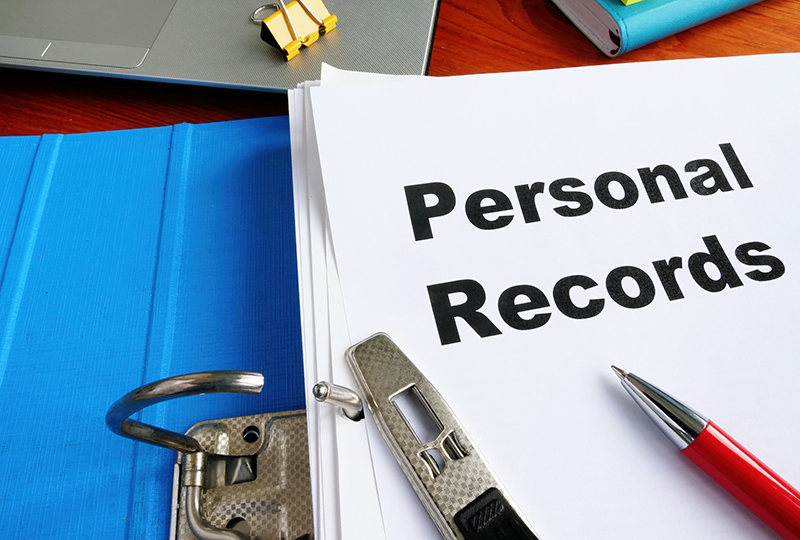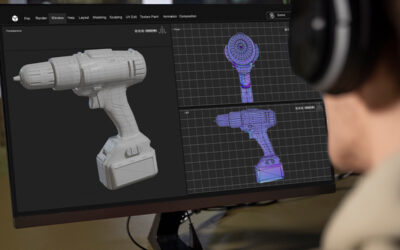Vital personal documents like medical records, birth and death certificates, marriage records, government issued and bank documents, etc., stored in paper based format can get lost or misplaced. It is important to keep digital copies of your personal records to keep them safe and organized and to make them more accessible. Today, more and more people are relying on document scanning services to preserve their paper based personal records by converting them into digital format.
Scanned documents can be stored easily on a computer or cloud storage device, saving physical storage space. Digital copies are also ideal for emailing records to others when needed. Having a digital copy of personal records also helps you to generate another version by retrieving them from a digital backup, thereby reducing the risk of loss. Digitizing documents that contain sensitive data such as healthcare records, bank details, property records etc., keeps these critical records safe from unauthorized access.
Important Personal Records That Should Be Digitized
The following are some of the important records that need to be stored in its digital format:
- Records related to major life changes like birth certificates, adoption papers, marriage, divorce, domestic partnership certificates, immigration certificates and forms
- Health reports, including vaccine and immunization records
- Titles and deeds to property
- Official education transcripts and graduation certificates
- Tax returns
- Passports, driver’s licenses, and identification cards
- Lease and loan agreements
- Pet records
- Monthly bills and receipts
- Insurance records
Once you identify which records should be kept in digital format, the next step is to convert these paper based records into digital copies and store them in an organized manner.
How to Organize Personal Records
- Build a filing system: Personal documents such as financial records, housing paperwork, medical records, social security numbers, and other personal records should be sorted into stacks according to their importance, alphabetical order, or any other method that works best for you. Sort the documents before filing them. Make sure you have a good filing system in place. Consider assigning colors to assist categorize them. Another useful filing technique is to divide your documents into as many categories and subcategories as feasible. This will make the process of filing and finding documents quicker and easier. Create an index for ease of tracking.
- Get rid of unwanted documents: This step should be completed simultaneously with document filing. Keep a paper shredder beside you and construct a stack of superfluous or no longer needed documents. It could be challenging to keep track of everything. Divide them into low-priority stacks of documents, though. Remove documents you no longer need. Outdated printed bank statements, tax return documentation older than seven years, old bills and receipts, and expired service contracts, warranties, and leases are examples of such clutter. Basically, anything that isn’t useful should be removed.
- Scan the documents: The next step is digitizing all important paper documents. Keeping track of all documents will be easier if you do this in addition to physically organizing them. You can arrange and save these files because you still need to maintain tangible documents. Going digital with your files is more convenient, saves time, and reduces waste. You can do it yourself or hire a document scanning service. If you have a large volume of documents, scanning each one on your own can be difficult, which is why using a professional service is better.
- Store all documents safely: The final step is to store important paper documents safely. Some key physical documents may be difficult to replace, so adequate storage options should be considered. You can put your documents in fireproof and damage-resistant storage boxes in your office, or in a filing cabinet in the house. When you invest in a document scanning solution, you can rest assured that your important information is safe as it is stored electronically.
- Cloud backup: Once you scan your documents, you will be able to access them anytime and anywhere if they are stored in a cloud based platform. You can also access them through different devices such as mobile phones, tablets, desktops and laptops. It is easy to search for files on the cloud since they can be categorized using keywords or codes. This will help you find the document you need quickly.
If you have critical personal documents in the form of paper, then the risk of losing or misplacing them is very high. To keep your documents safe from damage, loss and theft, consider converting your files into digital format with the help of document scanning solutions. This is the most cost effective and efficient way of storing and protecting your sensitive personal documents.




